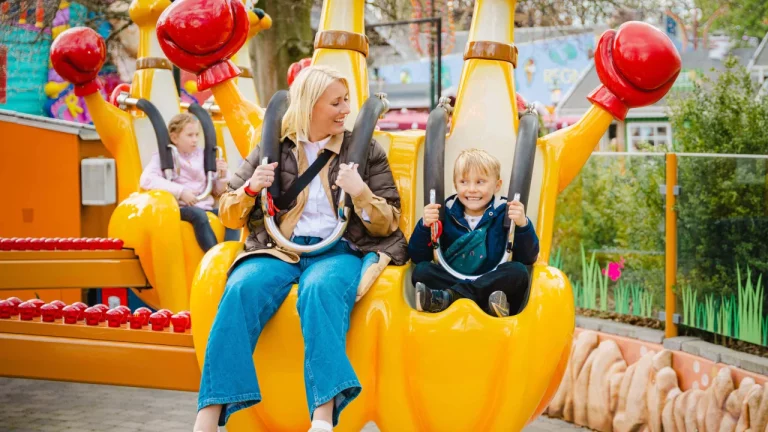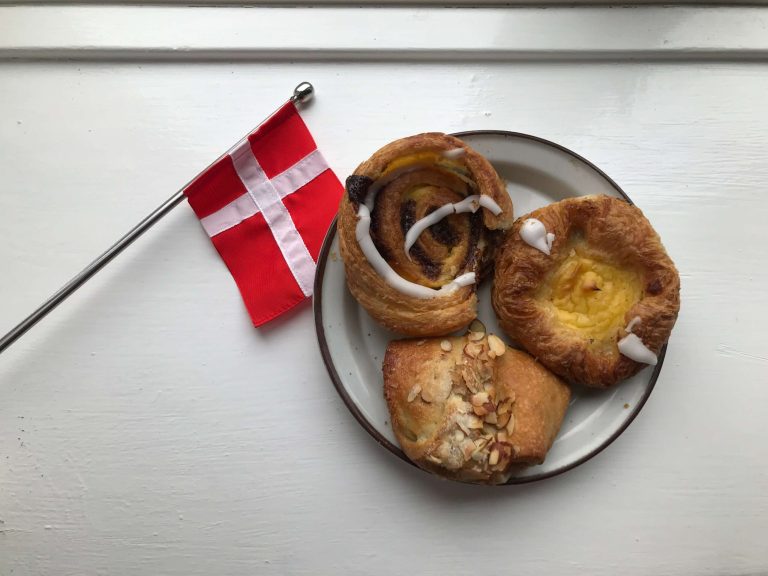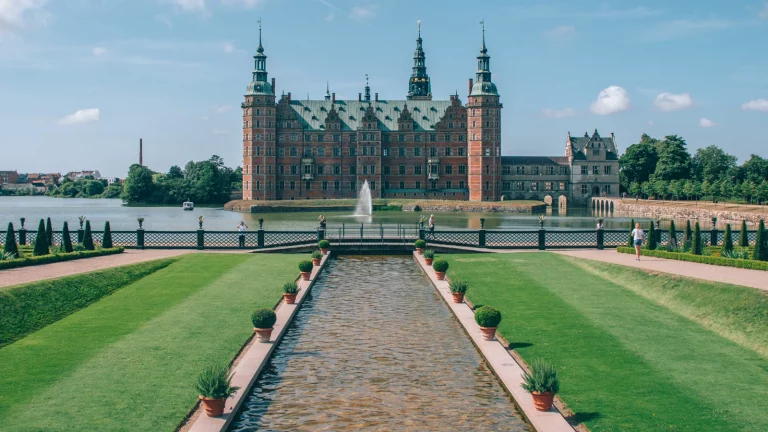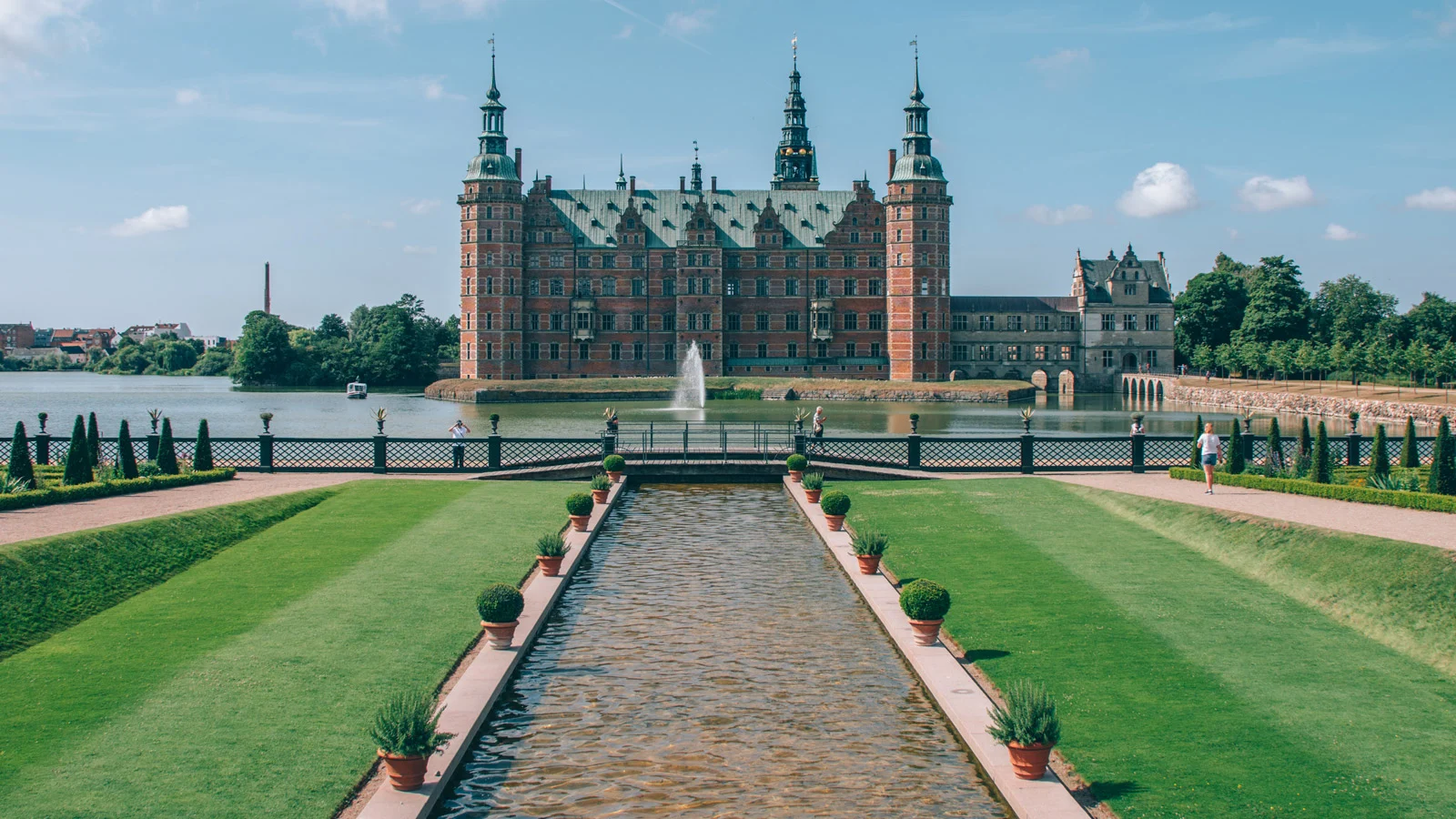
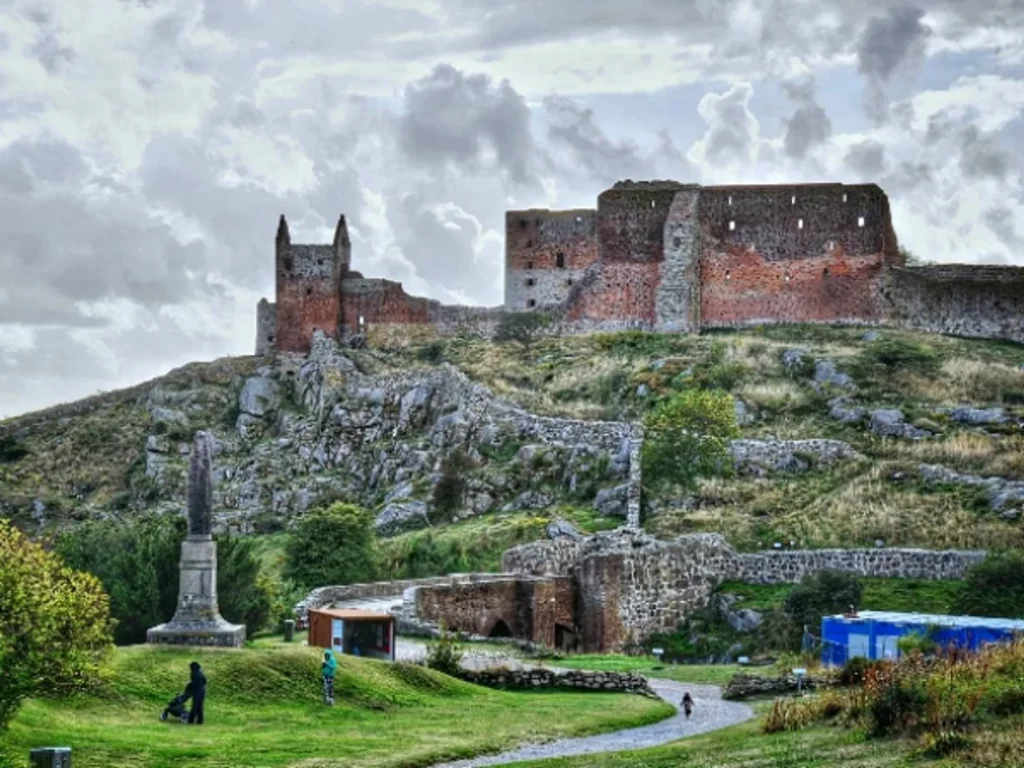
Denmark’s rich history is beautifully encapsulated in its stunning castles, each telling tales of power, culture, and architectural prowess. Among the most notable are Kronborg Castle, Frederiksborg Castle, and Egeskov Castle, each representing a unique chapter in Danish heritage and offering insights into the country’s royal past.
Kronborg Castle, located in Helsingør, is perhaps the most famous castle in Denmark, celebrated as the setting for Shakespeare’s Hamlet. Built in the late 16th century under King Frederick II, this UNESCO World Heritage site served not only as a royal residence but also as a strategic fortress guarding the narrow Øresund Strait. The castle’s impressive Renaissance architecture, complete with formidable bastions and a majestic courtyard, reflects the power and ambition of the Danish monarchy during the height of its influence. Visitors can explore its grand halls, including the opulent chapel and the Great Hall, where lavish banquets were once held. Beyond its architectural grandeur, Kronborg symbolizes Denmark’s maritime history, acting as a vital point for trade and military operations in Northern Europe.
Frederiksborg Castle, located in Hillerød, is another jewel of Danish history, showcasing the transition from medieval stronghold to Renaissance palace. Constructed in the early 17th century by King Christian IV, it was designed as a symbol of royal power and a testament to the king’s aspirations. The castle is surrounded by beautifully landscaped gardens that reflect the Baroque style, inviting visitors to stroll through its manicured hedges and vibrant flowerbeds. Inside, the castle houses the Museum of National History, which displays an impressive collection of portraits and artifacts that narrate Denmark’s journey through the ages. Frederiksborg not only illustrates the evolution of architectural styles but also serves as a cultural hub, bridging the gap between Denmark’s storied past and its present.
Egeskov Castle, situated on the island of Funen, offers a different yet equally captivating glimpse into Danish history. Built in the 16th century, Egeskov is one of the best-preserved water castles in Europe, with its charming moat and idyllic setting. Originally constructed as a defensive fortress against rival noble families, the castle has transformed over the centuries into a residence of beauty and elegance. Egeskov is famous for its elaborate gardens, including themed areas such as the Rose Garden and the Butterfly Garden, which enchant visitors with their colors and fragrances. The castle itself is home to an eclectic collection of museums, showcasing everything from classic cars to historical toys, reflecting the diverse aspects of Danish life over the centuries. The surrounding grounds are perfect for exploring, with walking paths and even a tree-top adventure park, making it a family-friendly destination that marries history with fun.
These castles are not merely relics of the past; they are integral parts of Denmark’s identity, each contributing to the narrative of a nation shaped by monarchy, warfare, and cultural evolution. They invite visitors to step back in time, exploring the lives of kings and queens, the artistic movements that flourished in their halls, and the architectural advancements that reflect the changing times. By visiting these historic sites, one can gain a deeper understanding of Denmark’s heritage, appreciating how these magnificent structures have withstood the test of time and continue to capture the imagination of those who wander through their storied corridors. Whether you’re drawn to the grandeur of Kronborg, the elegance of Frederiksborg, or the charm of Egeskov, each castle offers a unique window into the rich tapestry of Danish history, making them must-visit destinations for anyone keen to explore the essence of Denmark.


